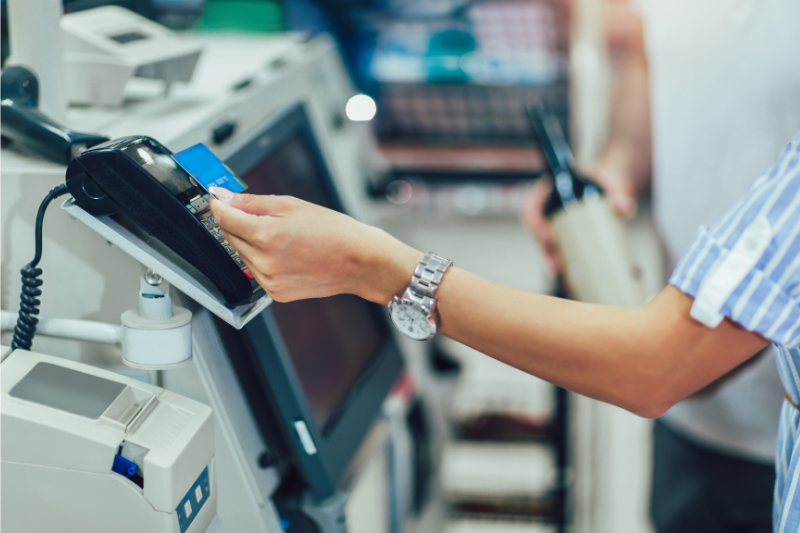
Don’t discount the power of your point of sale (POS) system. It holds data you can use to reveal a variety of insights that will help you make better decisions and create new marketing opportunities.
Here are six examples of point of sale data collection, what you can learn from them, and how those insights help you achieve better results.
Knowledge of product data allows you to discover which products your customers typically buy together. You might, for example, identify that your customers buy Diet Coke with a particular brand of crisps.
With this insight, you can make decisions to help drive sales. Two tactics could include:
Transaction data doesn’t just tell you what people are buying. It also helps you understand why.
A basket at checkout between 5-7pm with less than five items including bread and milk may indicate a top-up shop. A basket full of snacks and alcohol, meanwhile, suggests a customer prepping for a party.
With real-time basket segmentation, you can encourage customers to increase their spending with offers and messages that are relevant to that type of shop. A customer who usually buys three to four items during a top-up shop might buy five to six if you give them discount offers on other essentials they typically buy.
There’s a lot you can learn about your customers from your POS data.
For example, say you’ve got two customers who spend the same amount on cornflakes each year. One customer might buy the Kellogg’s brand every single time. Another customer may usually opt for the store’s cheaper own brand cereal but switch to Kellogg’s when it’s on offer.
With this information, you’ll build up an idea of how much a customer buys and how loyal they are to a brand, or even a type of product within that brand, such as Crunchy Nut Cornflakes or muesli. You can use these insights to improve your promotional activity and make savings with personalized offers via a coupon at the till.
An offer targeted to a customer who will always buy Kellogg’s Crunchy Nut Cornflakes, discounted or not, is money wasted. Brand loyalty data enables you to target offers more effectively at the customers who you know sometimes switch brands when given the incentive. Remember though, you should always focus on growing the overall category spend, rather than simply switching customers between rival brands for no overall gain.
Through your POS data, you can find out how many customers are happy to substitute one branded product for another. At store level, this enables you to make better decisions around how to stock your shelves.
For instance, retailers can use data-driven insights from their larger stores to optimize inventory for their smaller stores. If there’s only room for 20 products, you can make the best use of the space by identifying which groups of products are substitutable and stock just one from each group.
Around 95% of new product launches fail – and a lot of money can be wasted promoting products that will eventually fail. However, data collected at POS helps you track the progress of a new product promotion, and gauge whether it will be a success.
At the trial phase, customer data will enable you to deliver targeted offers and communications to the best prospects for that new product. For example, you can offer $1 off a new brand of toothpaste to customers who frequently buy in that product category.
Of the customers who did trial the new product, you can measure how many made a repeat purchase without the discount incentive. Over time, you’ll see where a product launch isn’t progressing as planned. The data will help determine what activity you need to stimulate – getting customers to try the product in the first place, or encouraging them to purchase it again.
You can’t improve what you can’t measure. So, when it comes to improving your coupon marketing campaigns, you need the right metrics.
Coupon marketing data lets you test whether your coupons are driving the results you want at a customer level. By tracking data over time, you can measure the behavior of customers who receive a coupon against a control group who don’t. Then you’ll discover whether your coupon marketing efforts are successful – if they’re driving repeat visits, increasing basket size, or not having the desired effect, and understand the reasons why.
Many retailers still haven’t tapped into the full potential of their POS data. They rely on experience and intuition to make crucial business decisions. Without data analysis, they won’t get the insights they need to maximize their chance of success.
These POS data examples highlight the treasure trove of information you can glean from your transactional data. Gather the right data and analyze it efficiently, and you’ll have a competitive advantage at your fingertips.